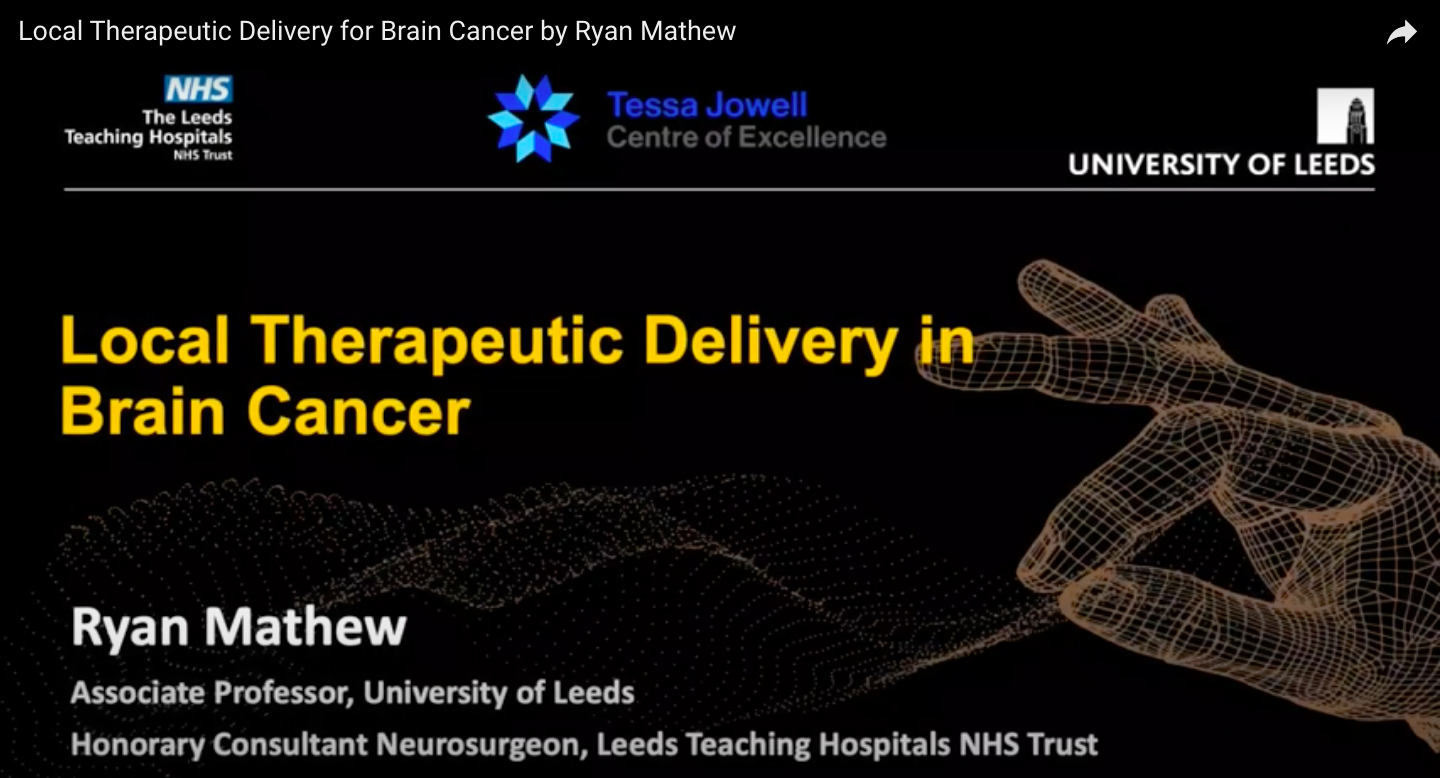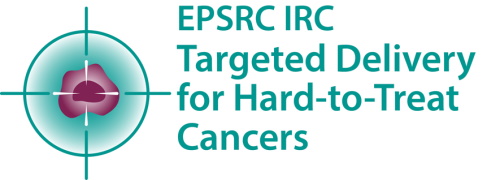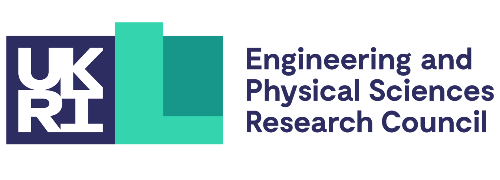
Submitted by L. Millard on Fri, 23/09/2022 - 12:09
The IRC welcomed Ryan Mathew, Associate Professor, University of Leeds, Honorary Consultant Neurosurgeon, Leeds Teaching Hospitals NHS Trust for the second in a series of interdisciplinary seminars.
The sound of the Boomtown Rats singing ‘I don’t like Mondays’ marked the start of the seminar, now available to view on the IRC’s YouTube channel. Addressing the room of researchers, clinicians and academics that make the IRC team, Mr Ryan Mathew said: “I really don’t like Mondays because that is when I work at the brain tumour clinic where I have to tell people who might be young, who might have families and who might have lived healthy lives that they have a brain tumour that is incurable. It is a devastating diagnosis.”
I really don’t like Mondays because that is when I work at the brain tumour clinic where I have to tell people who might be young, who might have families and and who might have lived healthy lives that they have a brain tumour that is incurable. It is a devastating diagnosis. Ryan Mathew, Associate Professor, University of Leeds, Honorary Consultant Neurosurgeon, Leeds Teaching Hospitals NHS Trust
Mr Mathew, who co-leads the Stem Cells and Brain Tumour Group at Leeds with cell biologist Dr Heiko Wurdak, and divides his time between clinical commitments and research, explained that maximal safe, surgical resection is the preferred first step in glioma management, removing as much of the tumour as possible without disrupting the many functions controlled by the brain. However, the challenge in glioma is the cancer cells that surround the tumour cavity. These cells resist adjuvant chemoradiotherapy, and drive recurrence. Surgical targeting of these cells is limited by their intermingling with healthy brain and currently limited biological models exist to study this ‘margin zone.’ Mr Mathew and his team are developing new in vitro and in vivo models to study the margin zone, as well as investigating local therapeutic interventions that can be deployed at the time of surgery.
To equip the IRC researchers with a better understanding of factors that can provide both opportunities and challenges to targeted delivery during tumour resection, Mr Mathew explained the processes involved in tumour surgery. He said: “I am showing these operations so that you might spot opportunities in these procedures, including during awake surgery for tumour resection. Where can your devices fit in and interact with existing equipment and approaches?”
Suggesting efficiencies in ‘piggy backing’ existing technologies for neurosurgery as best route to introducing new devices, Mr Mathew also brought attention to other considerations, including the real estate of the operating theatre – space required for additional equipment, wireless capabilities, and a finite amount of available plug and network points. to the time taken to deploy a local delivery device is also an important factor in their feasibility and uptake; neurosurgery operations often already run to many hours and outcomes can be affected by prolonged periods under general anaesthetic.
The seminar showcased some of the technologies, including augmented reality and fluorescent-guided surgery, both currently used for pre-operative planning and helping surgeons better target specific areas of the brain for tissue sampling and maximising tumour removal; all crucial to deciding post-surgical treatment pathways. The highs and lows of intra-cranial local delivery options, including Gliadel (Carmustine) wafers, intra-operative radiotherapy and Laser Interstitial Thermal therapy/ablation, were presented and Mr Mathew explained the importance of researchers considering the health economics analysis of new therapeutics for the NHS – where savings and efficiencies are made. Discussion turned to the challenge of securing traction from the pharma industry on the development of new drugs for local delivery. Pharma pipelines are not currently set up for local delivery approaches which also suffer from the misconception of being high risk.
Bringing focus to the many challenges faced by brain tumour patients (and the surgeons!), Mr Mathew said: “The biggest problem for the patient is what we leave behind. One glioma stem cell is thought to be sufficient to regrow a new tumour but, unlike other organs, we can’t take away large sections of the brain. The solutions requires many different scientific disciplines to work together and innovate.” This problem is one that he hopes will be addressed by new interdisciplinary approaches to targeted delivery supported by real-time histology to stratify the patient to the correct model of local therapeutic delivery during surgery.
• View the IRC seminar on ‘’Local therapeutic delivery in brain cancer’ here.
• Read more about the research of Ryan Mathew here.


